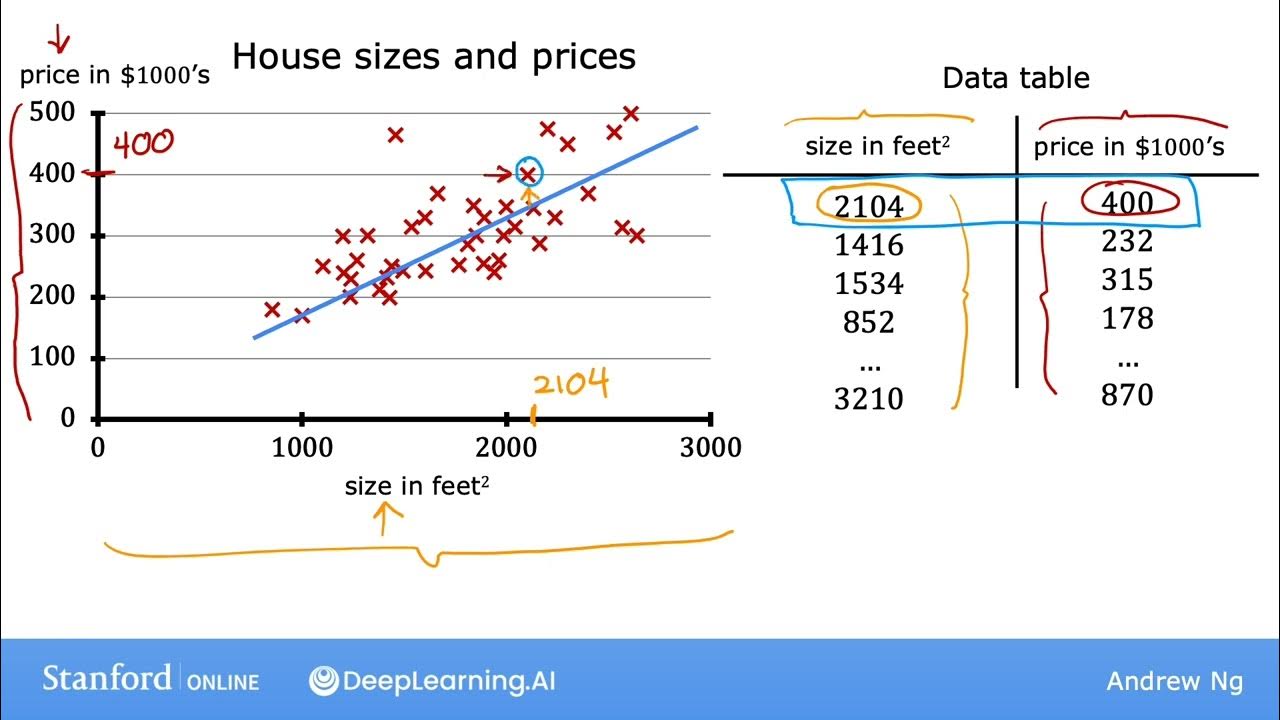Model Pembelajaran Berbasis Lingkungan - Mirma Lutfiatunnisa
Summary
TLDRThis video introduces the Environmental-Based Learning Model, which emphasizes using the environment as a tool for learning. The model encourages active student participation and hands-on experiences, fostering meaningful and real-world connections to educational content. It involves two main approaches: in-class activities with environmental resources and outdoor field experiences. The process includes careful planning, execution, and follow-up phases. While it offers engaging and comprehensive learning experiences, the model requires time, resources, and teacher expertise to be successfully implemented.
Takeaways
- 😀 Environment-based learning integrates the environment (natural, social, artificial) as a key component of the educational process.
- 😀 Active student participation is a core element of environment-based learning, ensuring deeper engagement and experiential learning.
- 😀 Teachers serve as facilitators in environment-based learning, guiding students rather than directly instructing them.
- 😀 The learning process in this model is designed to be meaningful, offering hands-on experiences that students can directly relate to.
- 😀 The model can be implemented both inside and outside the classroom, using actual or simulated environmental resources.
- 😀 Planning for environment-based learning involves setting clear objectives, selecting suitable locations or resources, and designing appropriate activities.
- 😀 During execution, students engage with tasks like observations and interviews, either individually or in groups, depending on the activity design.
- 😀 Follow-up activities in the classroom allow students to reflect on their learning, share findings, and discuss key insights.
- 😀 One major advantage of this model is that it prevents boredom, keeping students engaged by offering new and exciting learning experiences.
- 😀 The model supports comprehensive learning, fostering critical thinking and problem-solving through real-world connections.
- 😀 A key challenge is that environment-based learning requires significant time and resources, especially when conducted outdoors.
- 😀 Teachers need specialized skills to effectively design and manage environment-based learning activities, balancing resources, time, and engagement.
Q & A
What is the main focus of the environmental-based learning model?
-The main focus of the environmental-based learning model is to integrate real-world environmental experiences into the learning process. It encourages students to actively engage with the natural, social, and artificial environments around them to enhance their learning.
What are the key characteristics of environmental-based learning?
-The key characteristics of environmental-based learning include: 1) a connection to the environment (natural, social, or artificial), 2) active student participation, 3) meaningful and relevant learning, and 4) the teacher acting as a facilitator or source of learning material.
How can environmental-based learning be implemented inside the classroom?
-Inside the classroom, environmental-based learning can be implemented by bringing in environmental-related resources such as real objects, models, or simulations, which students can explore and learn from.
What is an example of implementing environmental-based learning outside the classroom?
-An example of environmental-based learning outside the classroom is taking students on field trips or excursions where they explore local ecosystems, farms, or urban areas to learn about environmental issues firsthand.
What are the three main stages of implementing environmental-based learning?
-The three main stages of implementing environmental-based learning are: 1) Planning (setting educational goals, selecting resources, and organizing activities), 2) Execution (carrying out the activities, such as field observations and note-taking), and 3) Follow-up (reflecting on the experience, discussing findings, and evaluating learning outcomes).
What are the benefits of using environmental-based learning for students?
-The benefits of environmental-based learning include increased engagement and enjoyment, more meaningful learning experiences, a more comprehensive and active approach to learning, and access to fact-based, real-world information.
What challenges or disadvantages might teachers face when using environmental-based learning?
-Challenges of environmental-based learning include the time-consuming nature of outdoor learning, potential extra costs for transportation and materials, and the need for teachers to be skilled in designing effective learning activities and managing logistics.
Why is teacher expertise important in the environmental-based learning model?
-Teacher expertise is crucial because teachers must be able to design appropriate learning activities, select relevant environmental resources, manage field trips or outdoor activities, and ensure that students achieve the intended learning outcomes.
How does environmental-based learning make learning more meaningful for students?
-Environmental-based learning makes learning more meaningful by connecting lessons to real-world experiences and environments. Students can see the relevance of what they learn, which helps them better understand and retain the information.
Can environmental-based learning be used for subjects other than science?
-Yes, environmental-based learning can be applied to a variety of subjects beyond science, including social studies, history, and even art. For example, students can explore the social impact of environmental issues or study historical events in the context of local or global environmental changes.
Outlines

此内容仅限付费用户访问。 请升级后访问。
立即升级Mindmap

此内容仅限付费用户访问。 请升级后访问。
立即升级Keywords

此内容仅限付费用户访问。 请升级后访问。
立即升级Highlights

此内容仅限付费用户访问。 请升级后访问。
立即升级Transcripts

此内容仅限付费用户访问。 请升级后访问。
立即升级浏览更多相关视频

Type Of Intelligent Agent (Jenis Agen Cerdas)

How to learn anything fast using ChatGPT | Full guide to studying with AI

#9 Machine Learning Specialization [Course 1, Week 1, Lesson 3]

Data Mining Fundamentals

Cara Menggunakan Tes Diagnostik atau Asesmen Awal ~ Web Aku Pintar

Perencanaan Pembelajaran Berbasis Budaya - Pendidikan Multikultural
5.0 / 5 (0 votes)
